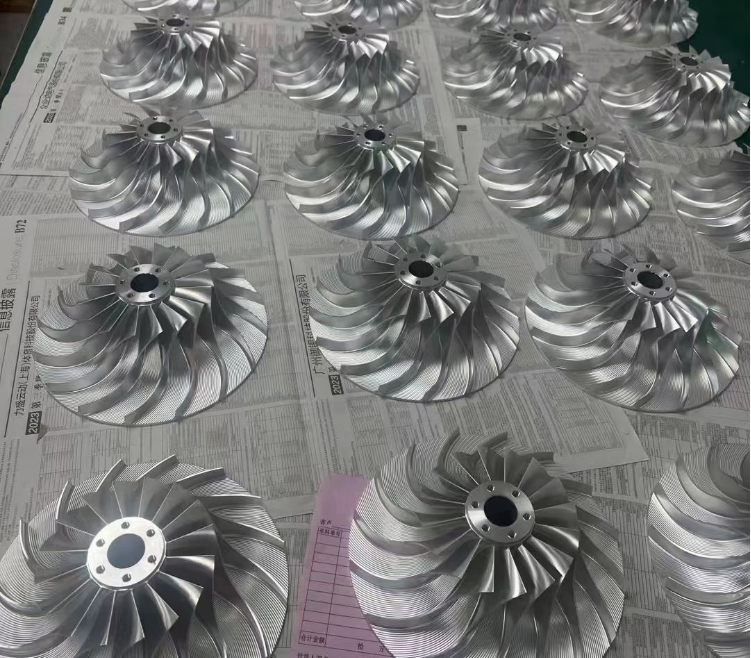Machined turbine components are critical parts of turbines, which are essential in converting energy from fluids into mechanical power. These components must be manufactured with high precision and durability to perform efficiently under extreme conditions, such as high temperatures and pressures.
Turbine blades are the core components of turbines, which are in direct contact with high-energy fluids and are responsible for converting fluid energy into rotational mechanical energy. Turbine blades are usually made of high-temperature alloys or advanced composite materials, and the machining processes involved include precision milling, electrical discharge machining (EDM), laser cutting and surface coating treatment.

The turbine disk (or turbine rotor) is responsible for fixing the turbine blades and transmitting the rotational force generated by the blades to the turbine shaft. The turbine disk needs to withstand huge centrifugal forces and thermal stresses, and its processing processes include forging, turning and grinding to ensure its dimensional accuracy and strength.
The turbine housing surrounds the internal components of the turbine, providing structural support and protecting the internal components while helping to properly guide the airflow. The processing of the turbine housing requires precise dimensions and surface treatment to ensure effective fit and sealing.
The nozzle ring controls the flow of gas to the turbine blades, optimizing energy transfer. The nozzle ring must be precisely machined to ensure efficient airflow and overall turbine efficiency.
The turbine shaft transfers the rotational force generated by the turbine to other mechanical systems, such as generators or compressors. The machining of the turbine shaft involves turning, grinding and drilling to ensure its precise size and good balance to ensure smooth operation.
Machined turbine components are vital in a variety of applications (e.g., aviation, energy, industry), and their performance directly affects the overall efficiency and reliability of the turbine. The precision and quality of these components are critical to the reliable operation of the turbine. Advanced machining techniques and high-performance materials play a key role in meeting the stringent requirements of modern turbine systems. As technology continues to advance, the machining processes and materials of turbine components are also evolving, driving technological advancement and industry development.

